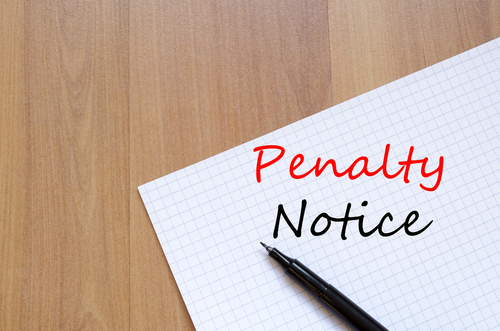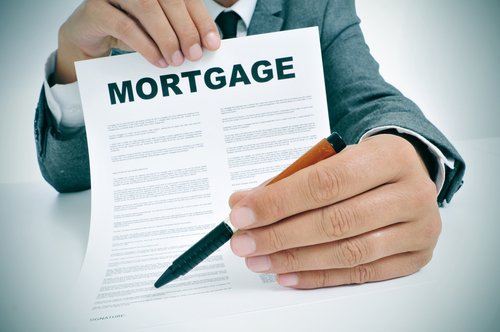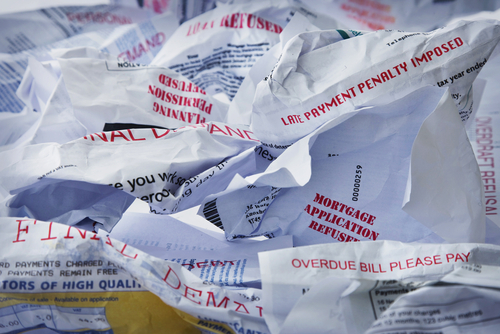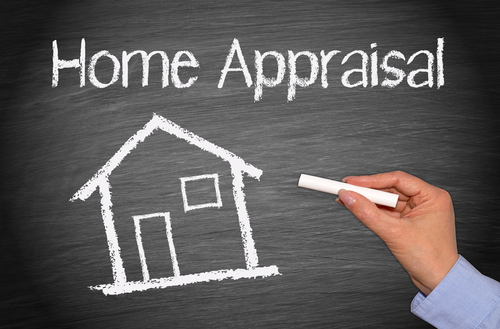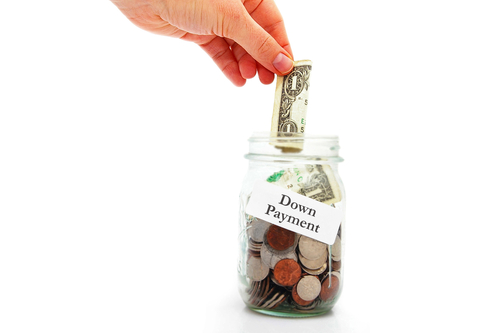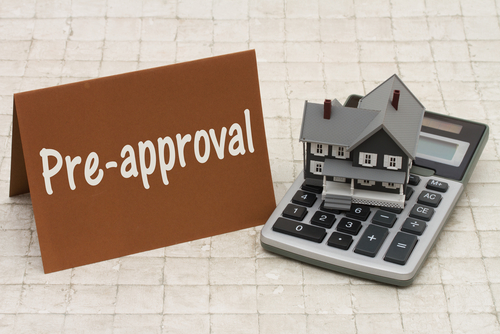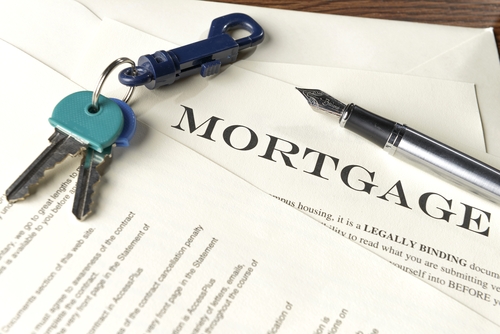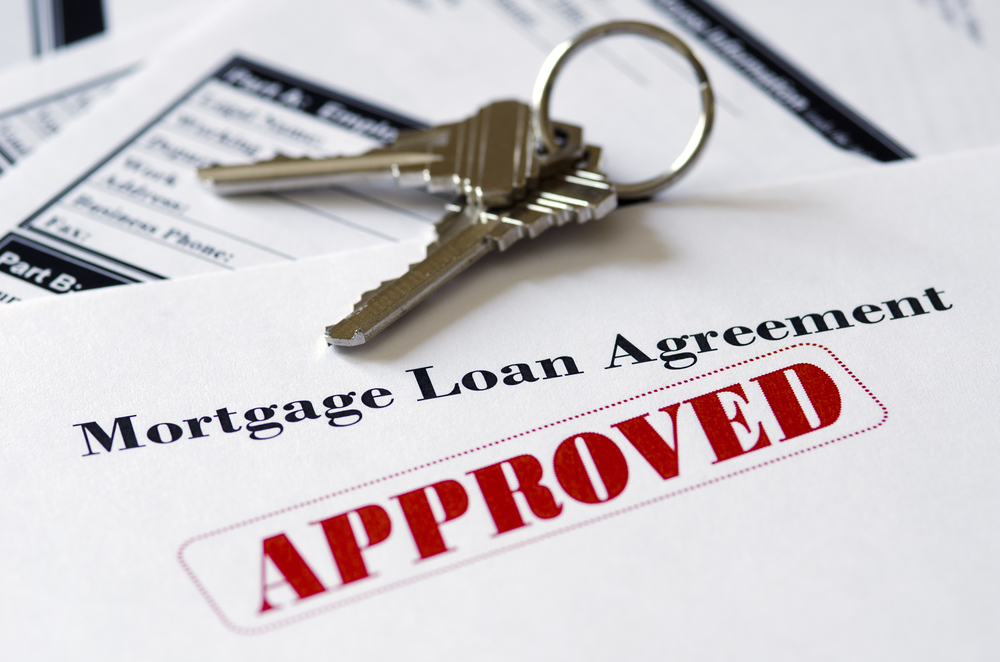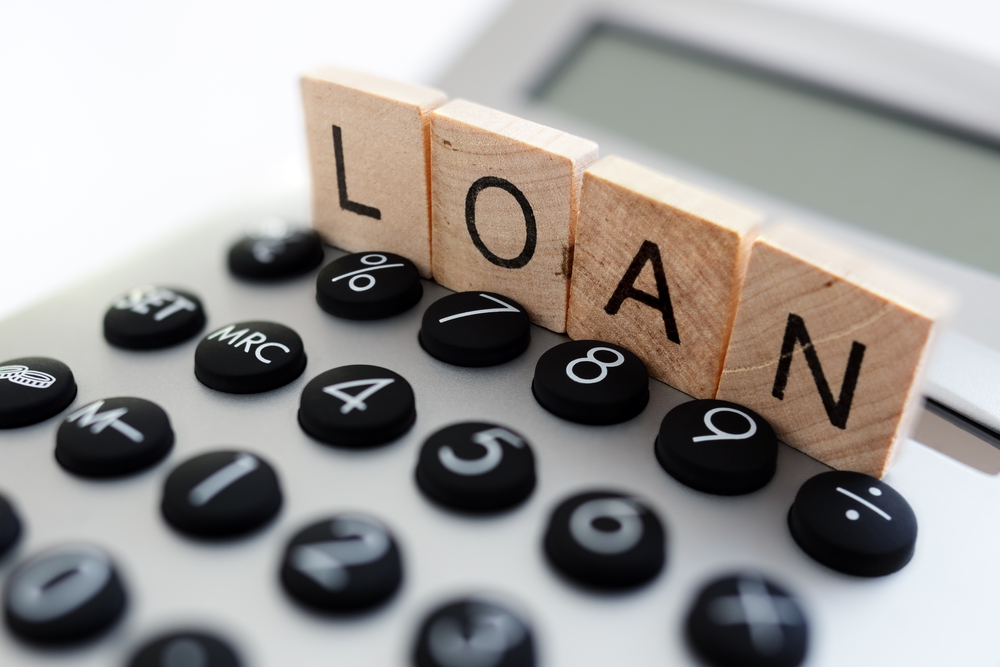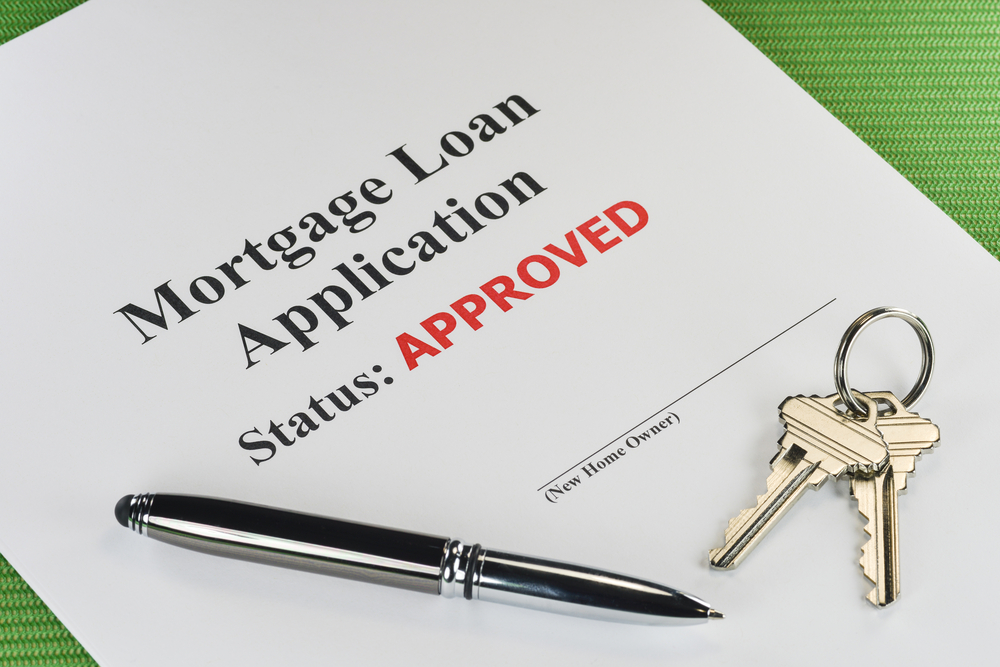Most people don’t have resources to pay cash for a house. Instead, they apply for loans. Mortgage lending is a big business; and like any business, lenders are paid for their services. This is why banks charge mortgage loan origination fees and mortgage interest. But there’s one fee you may not expect when applying for a home loan: a prepayment penalty
A prepayment penalty is less common today, but it’s still included with some loans. When a bank gives a borrower money for a home purchase, it doesn’t just want repayment of principal—the bank also wants to earn interest. To earn the most interest, banks need borrowers to keep their mortgages for an extended length of time. For this reason, some banks include a prepayment clause in the mortgage agreement.
A prepayment clause is a statement that gives a mortgage lender the right to charge a fee if a borrower pays off the mortgage before a specified length of time. The fee varies depending on the lender. It can be a percentage of the remaining mortgage balance, or a borrower might be charged five or six month’s interest.
To put it plainly, a prepayment penalty discourages borrowers from refinancing a mortgage or selling a home too soon. A prepayment penalty is basically a bank’s way of guaranteeing a certain amount of interest for a certain number of years. The good news is that some mortgages don’t have this clause. Before agreeing to a mortgage loan, you can check the contract to see if the lender included a prepayment clause.
Of course, there’s nothing you can do about a clause in a mortgage you already have. But even if your existing mortgage agreement includes this clause, the situation may not be as bad as you think. There are two types of prepay penalties: a soft penalty and a hard penalty
1. Soft prepayment penalty. If your mortgage has a soft prepay penalty, the lender will charge a fee only if you refinance the mortgage loan during the penalty period. You can sell the home at any time without penalty.
2. Hard prepayment penalty. In the case of a hard penalty, the lender will charge a fee if you sell or refinance the home during the penalty period.
Prepayment Penalty Rules
A prepayment penalty clause isn’t the most desirable inclusion in a mortgage agreement. There are, however, rules to protect borrowers; and fortunately, mortgage lenders can only charge a prepayment penalty under certain conditions.
If your mortgage agreement includes a prepayment clause, your lender can only enforce the penalty for the first three years of the mortgage. The actual penalty cannot be more than 2% of the outstanding loan balance during the first two years, and 1% during the third year. Additionally, a bank can only impose a prepayment penalty on stable mortgages. Therefore, the mortgage must have a fixed rate, no risk of negative amortization and the mortgage term cannot exceed 30 years.
Unfortunately, new guidelines for prepayment penalties didn’t go into effect until January 10, 2014. Therefore, any mortgage loan with a prepayment clause that originated before this date doesn’t have to comply with the new rules.
